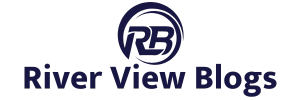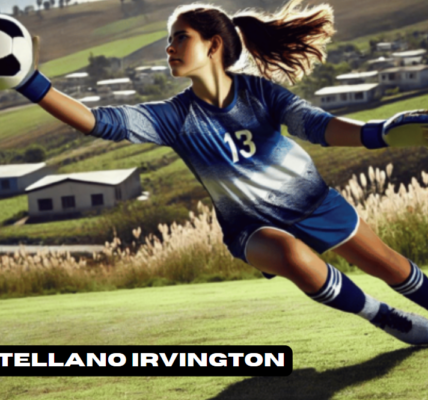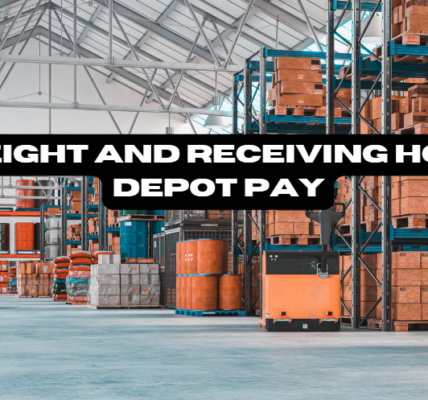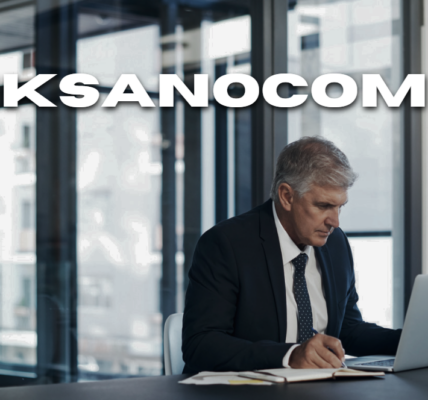Contents
- 1 Introduction
- 2 Geography and Landscape
- 3 History and Culture
- 4 Outdoor Adventures
- 5 Cultural Attractions
- 6 Unique Culinary Experiences
- 7 Wildlife and Conservation
- 8 Travel Tips and Recommendations
- 9 FAQs about Minnesota and Northwest Wisconsin
- 9.1 What are the must-see attractions in Minnesota and northwest Wisconsin?
- 9.2 What outdoor activities are popular in the Northland?
- 9.3 When is the best time to visit for fall foliage?
- 9.4 Are there any unique cultural festivals in the region?
- 9.5 What wildlife can I expect to see in the Northland?
- 9.6 How do I get to the Boundary Waters Canoe Area Wilderness?
- 9.7 What are some recommended scenic drives in the region?
- 10 Conclusion
Introduction
The Northland, a region that spans northeast Minnesota and northwest Wisconsin, is a treasure trove of natural beauty, cultural richness, and outdoor adventure. This area, characterized by its lush forests, pristine lakes, and vibrant communities, offers something for everyone, from nature enthusiasts to history buffs.
In this comprehensive guide, we will delve into the unique attractions, history, and culture of Minnesota and northwest Wisconsin, providing insights and analyses that go beyond the surface.
Geography and Landscape
Minnesota: The Land of 10,000 Lakes
Minnesota is often referred to as the “Land of 10,000 Lakes,” and for a good reason. The state boasts over 11,842 lakes, each with its own unique charm. The largest and most famous is Lake Superior, the world’s largest freshwater lake by surface area. Minnesota’s diverse geography includes the North Shore, with its rugged cliffs and scenic vistas, the Boundary Waters Canoe Area Wilderness, a paradise for paddlers, and the Mississippi River, which starts its journey to the Gulf of Mexico here.
Northwest Wisconsin: A Natural Wonderland
Northwest Wisconsin, part of the greater Northland region, is equally captivating. This area features the Apostle Islands National Lakeshore, a group of 21 islands in Lake Superior known for their sea caves, lighthouses, and sandy beaches. The Chequamegon-Nicolet National Forest spans over 1.5 million acres, offering ample opportunities for hiking, camping, and wildlife observation. The St. Croix and Namekagon rivers provide excellent paddling and fishing experiences.
History and Culture
Indigenous Heritage
The history of Minnesota and northwest Wisconsin is deeply intertwined with the indigenous peoples who have inhabited these lands for thousands of years. The Ojibwe (Chippewa) and Dakota (Sioux) tribes are among the most prominent Native American groups in the region. Their rich cultural traditions, languages, and spiritual practices continue to influence the area’s cultural landscape.
European Settlement and Logging Era
European settlers began arriving in the late 1600s, drawn by the fur trade. The 19th century saw a boom in the logging industry, with vast forests of white pine attracting lumberjacks and entrepreneurs. Towns like Stillwater, Minnesota, became centers of the lumber trade, shaping the region’s economic and social fabric.
Modern Developments
Today, Minnesota and northwest Wisconsin are known for their vibrant communities, cultural institutions, and thriving tourism industry. Cities like Duluth and Superior serve as gateways to the region, offering museums, galleries, and theaters that celebrate local history and arts.
Outdoor Adventures
Hiking and Biking
The Northland offers some of the best hiking and biking trails in the Midwest. The Superior Hiking Trail stretches over 300 miles along the ridgeline overlooking Lake Superior, providing breathtaking views and challenging terrain. The Gitchi-Gami State Trail is perfect for bikers, offering a paved path that winds through picturesque landscapes.
Water Activities
Water enthusiasts will find no shortage of activities in Minnesota and northwest Wisconsin. The Boundary Waters Canoe Area Wilderness is a premier destination for canoeing and kayaking, with over 1,000 lakes and streams connected by portage trails. Lake Superior’s Apostle Islands are a kayaker’s dream, with opportunities to explore sea caves and hidden coves.
Winter Sports
Winter transforms the Northland into a wonderland for snow sports. The region boasts numerous ski resorts, including Lutsen Mountains in Minnesota, which offers some of the best downhill skiing in the Midwest. Snowmobiling and cross-country skiing are also popular, with miles of groomed trails to explore.
Cultural Attractions
Museums and Historical Sites
Minnesota and northwest Wisconsin are home to a variety of museums and historical sites that offer a glimpse into the region’s past. The Minnesota History Center in St. Paul features exhibits on the state’s history, while the Lake Superior Railroad Museum in Duluth showcases the area’s railroad heritage. In Wisconsin, the Madeline Island Museum explores the history of the Apostle Islands and the Native American tribes who lived there.
Festivals and Events
The Northland’s cultural calendar is packed with festivals and events that celebrate local traditions and community spirit. The Bayfield Apple Festival in Wisconsin is a beloved annual event, featuring apple-themed foods, crafts, and a grand parade. Minnesota’s State Fair, one of the largest in the country, offers everything from agricultural exhibits to live music and carnival rides.
Unique Culinary Experiences
Local Cuisine
The culinary scene in Minnesota and northwest Wisconsin reflects the region’s diverse cultural heritage. Local specialties include walleye, a freshwater fish commonly found in the area’s lakes, and wild rice, an indigenous grain harvested from local wetlands. The region is also known for its craft breweries and distilleries, offering a wide range of locally produced beers and spirits.
Farm-to-Table Dining
The farm-to-table movement is strong in the Northland, with many restaurants sourcing ingredients from local farms and producers. Visitors can enjoy fresh, seasonal dishes at establishments like The New Scenic Café in Duluth or The Rookery Pub in Cable, Wisconsin.
Wildlife and Conservation
Protected Areas
The Northland is home to numerous protected areas that preserve its natural beauty and biodiversity. The Boundary Waters Canoe Area Wilderness is one of the most well-known, offering pristine wilderness and abundant wildlife. The Apostle Islands National Lakeshore and the Chequamegon-Nicolet National Forest are also key conservation areas.
Wildlife Watching
Wildlife enthusiasts will find plenty to see in Minnesota and northwest Wisconsin. The region is home to a variety of species, including black bears, moose, wolves, and bald eagles. Birdwatchers can spot a diverse array of species, especially during the spring and fall migrations.
Travel Tips and Recommendations
Best Times to Visit
The best time to visit Minnesota and northwest Wisconsin depends on your interests. Summer offers warm weather and a plethora of outdoor activities, while fall is perfect for enjoying the region’s stunning foliage. Winter attracts snow sports enthusiasts, and spring is ideal for wildlife watching and exploring blooming wildflowers.
Getting Around
While major cities like Duluth and Superior have public transportation options, renting a car is the best way to explore the Northland’s more remote areas. Many attractions are spread out, and having your own vehicle provides the flexibility to discover hidden gems.
Accommodation Options
From cozy cabins and rustic campgrounds to luxurious resorts and charming bed-and-breakfasts, the Northland offers a wide range of accommodation options. Popular choices include the historic Lutsen Resort in Minnesota and the Old Rittenhouse Inn in Bayfield, Wisconsin.
FAQs about Minnesota and Northwest Wisconsin
What are the must-see attractions in Minnesota and northwest Wisconsin?
Some must-see attractions include the Boundary Waters Canoe Area Wilderness, the Apostle Islands National Lakeshore, the Superior Hiking Trail, and Lake Superior’s North Shore.
What outdoor activities are popular in the Northland?
Popular outdoor activities include hiking, biking, canoeing, kayaking, fishing, skiing, snowmobiling, and wildlife watching.
When is the best time to visit for fall foliage?
The best time to visit for fall foliage is typically late September to mid-October, when the region’s forests are ablaze with vibrant colors.
Are there any unique cultural festivals in the region?
Yes, there are many unique cultural festivals, including the Bayfield Apple Festival, the Minnesota State Fair, and various local arts and music festivals.
What wildlife can I expect to see in the Northland?
The Northland is home to a variety of wildlife, including black bears, moose, wolves, bald eagles, and numerous bird species.
How do I get to the Boundary Waters Canoe Area Wilderness?
The Boundary Waters Canoe Area Wilderness is accessible from several entry points in northeastern Minnesota. Ely and Grand Marais are common starting points for trips into the wilderness.
What are some recommended scenic drives in the region?
Recommended scenic drives include the North Shore Scenic Drive along Lake Superior in Minnesota and the Great River Road along the Mississippi River.
Conclusion
Minnesota and northwest Wisconsin, collectively known as the Northland, offer a unique blend of natural beauty, rich history, and diverse cultural experiences. Whether you’re seeking outdoor adventure, cultural enrichment, or simply a peaceful escape, this region has something to offer. By exploring the Northland, you’ll discover a part of the Midwest that is both captivating and unforgettable.













































